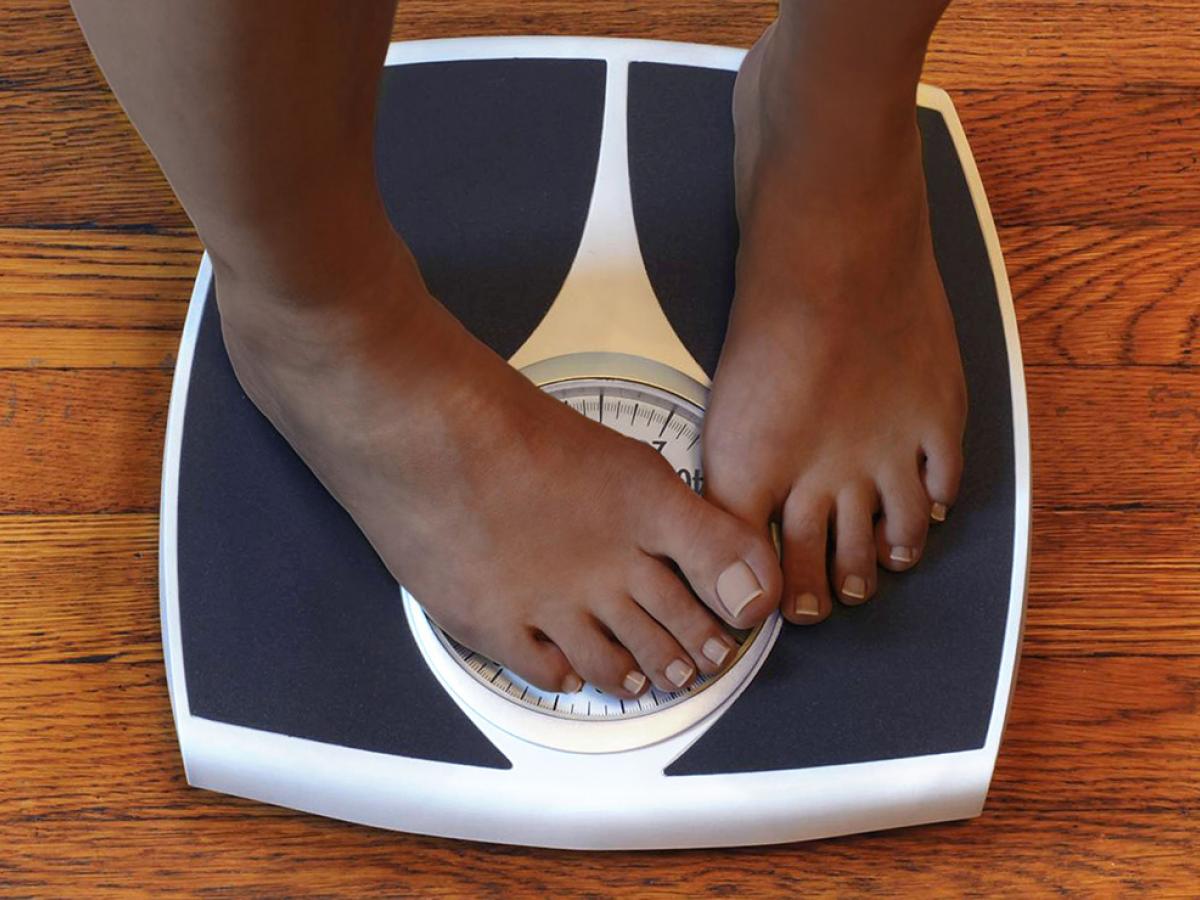October 16, 2020

Just as the “Freshman 15” is synonymous with the first year of college, the “Quarantine 19” has become a common way to refer to weight gain during the COVID-19 pandemic.
If you’ve packed on pounds since March 2020, know that you’re not alone. In a poll of more than 1,000 WebMD readers, nearly half of the women and almost one-quarter of the men said they’d gained weight “due to COVID restrictions.”

This trend is no surprise, as routines have been disrupted, stress has increased and it’s unclear when or if things will ever return to normal. But there are things you can do to reverse the scale and feel better.
Learn about possible causes of weight gain and tips to get back on track.
You’re Snacking While You Work
In March 2020, when the country went into lockdown, people who could do their jobs from home shifted quickly to work-from-home arrangements. This left people scrambling to set up a home office, and for some, the kitchen table seemed like the most convenient place. But if you’ve stayed there, sitting near the fridge and pantry means you have easy access to food and might be mindlessly snacking while you work. Studies show that distracted eating, or not paying attention while eating, causes people to eat more.
To reduce the chances you’ll snack too much, create a designated workspace away from the kitchen and try to only go to the kitchen when you can sit down and enjoy your food. Being more mindful about your snacks and mealtimes will help you avoid overindulging.
You’re Not Closing That Move Ring
When you’re working from home and routines are thrown off, it can be hard to maintain your sanity, let alone a workout habit. Even if you can fit exercise into your day (more power to you!), the fact that you’re at home more means you don’t move as much as you did before quarantine. All of the small things you did throughout your workday added up — walks to the parking lot, extra steps during your break, running errands during lunchtime, etc.
In fact, about 55% of our social media followers noted that they have been working out less during the pandemic.
Exercise might not feel like a priority with everything else going on, but the benefits are huge. It relieves stress, boosts your immune system, and reduces symptoms of anxiety and depression. Any physical activity that you can fit into your day (even a five-minute walk) will be helpful to keep your weight in check and brighten your mood.
You’re Underestimating Your Calorie Intake
The good news is more people are cooking from home these days. The bad news is preparing three large meals a day might be adding to your calorie intake. Before the pandemic, an on-the-go lifestyle meant fitting in a quick breakfast and lunch. Dinner used to be your biggest meal, and you’d occasionally snack if you felt hungry. If you are now cooking three meals and snacking more, that adds up to more calories. If you’re like most people, you also might be turning to comfort foods such as sweets or alcohol to relieve stress.
If this sounds like you (we’re guilty), consider scaling back on the size of some meals, and make a weekly plan for meals and snacks. This will make grocery shopping easier, and it will help you avoid unhealthy options. If you order groceries online, stick to buying only what you need for the week to avoid purchasing tempting treats that will derail your progress.
To see how many calories you’re really consuming, start logging what you eat in a day. Facing that number in black and white might help motivate you.
If you've felt the effects of #StayAtHomeLife after a year, there are some simple steps you can take to put that scale back in its place. Remember: Even though there were plenty of disruptions out of your control, you can still take charge with healthy eating and activity. Make one change at a time and before you know it, you’ll have a new set of habits that will leave you looking and feeling better.
Next Steps and Useful Resources
- Questions about adjusting your diet? Schedule with our Dietitian

